Flanders Fields: A witness to World War I
The haunting landscape of Flanders Fields holds the memories of war, and reveals compelling stories of drama and sacrifice to all who visit
The haunting landscape of Flanders Fields holds the memories of war, and reveals compelling stories of drama and sacrifice to all who visit
Over 100 years have passed since WWI, the ‘war to end all wars’, yet Flanders Fields still bears the scars of the brutal conflict.
West Flanders was once a region dedicated to farming — home to picturesque villages, rural communities and quiet roads, but war left its mark and changed the landscape forever.

From April 2023 to August 2024, VISITFLANDERS and its regional partners are inviting you to consider the landscapes of Flanders Fields with a dedicated programme of special events and exhibitions. You’ll have the chance to reflect on the land’s history and look towards protecting these landscapes for the future.
Craters, trenches and dug-outs, as well as monuments and cemeteries, are all permanent reminders to the tragic effects of war and the countless lives lost. In visiting places of war, people often recall feeling an emptiness — as though the land itself holds the trauma of the past. And while this can be overwhelming, there is something peaceful about paying tribute to those lost in the actual sites where the destruction took place.
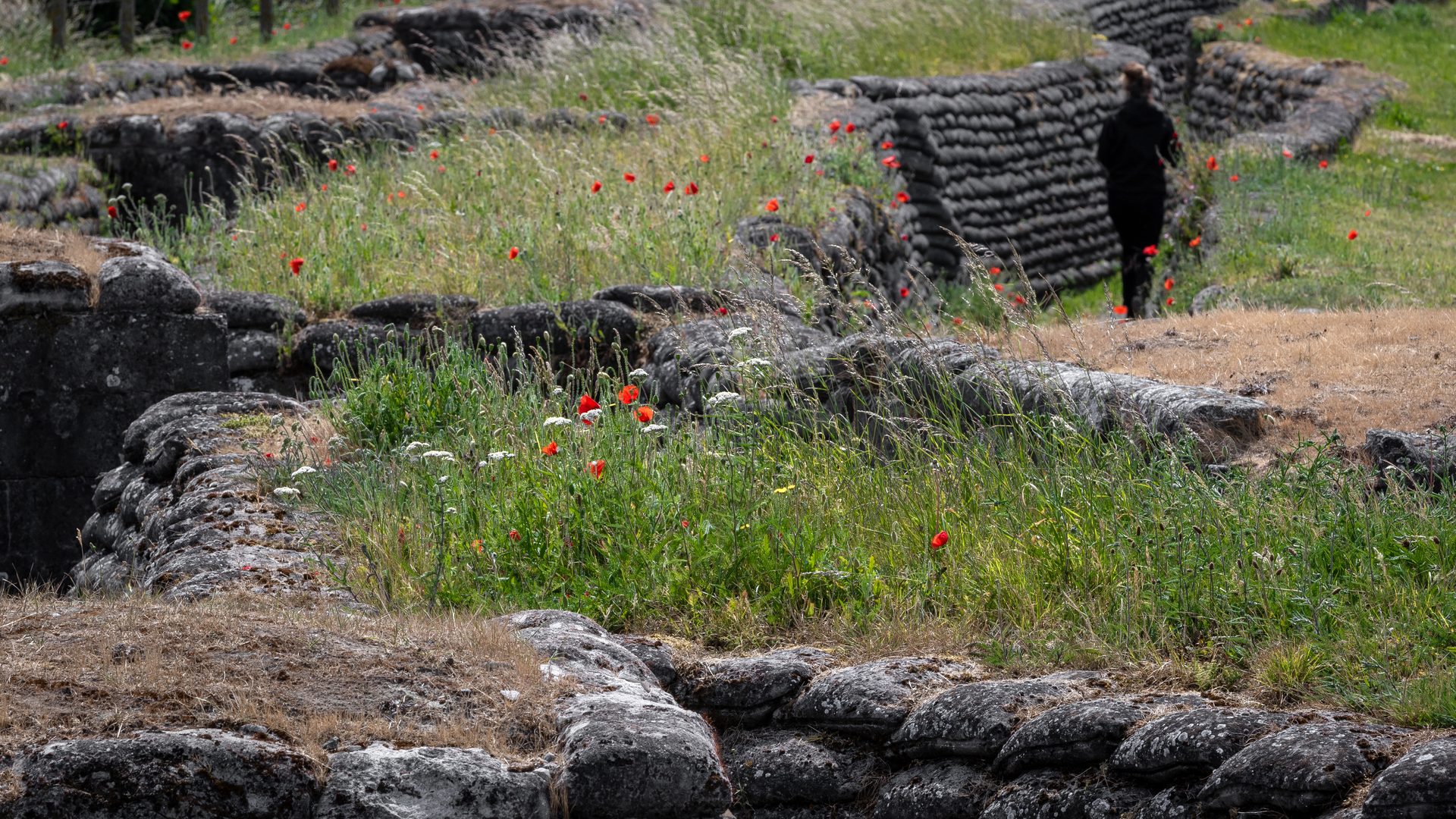

© Nick Mol
© Nick Mol
Flanders Fields owes its name to the eponymous poem by Major John McCrae, a Canadian military doctor stationed in Ypres. Taking inspiration from reality, he wrote the poem after seeing poppies growing in the battlefields — establishing the poppy as a symbol of remembrance for years to come.
The poppy-strewn battlefields of Flanders continue to evoke images of war and death, but they also summon feelings of regeneration and hope.



© Nick Mol
In Flanders Fields
In Flanders fields the poppies blow
Between the crosses, row on row,
That mark our place; and in the sky
The larks, still bravely singing, fly
Scarce heard amid the guns below.
We are the Dead. Short days ago
We lived, felt dawn, saw sunset glow,
Loved, and were loved, and now we lie
In Flanders fields.
Take up our quarrel with the foe:
To you from failing hands we throw
The torch; be yours to hold it high.
If ye break faith with us who die
We shall not sleep, though poppies grow
In Flanders fields.
Major John McCrae – 1915
© Nick Mol

Ypres
France
Bruges
Ghent
Feel the ground of Flanders Fields beneath your feet and see the impact of war on the landscape in these thought-provoking locations.
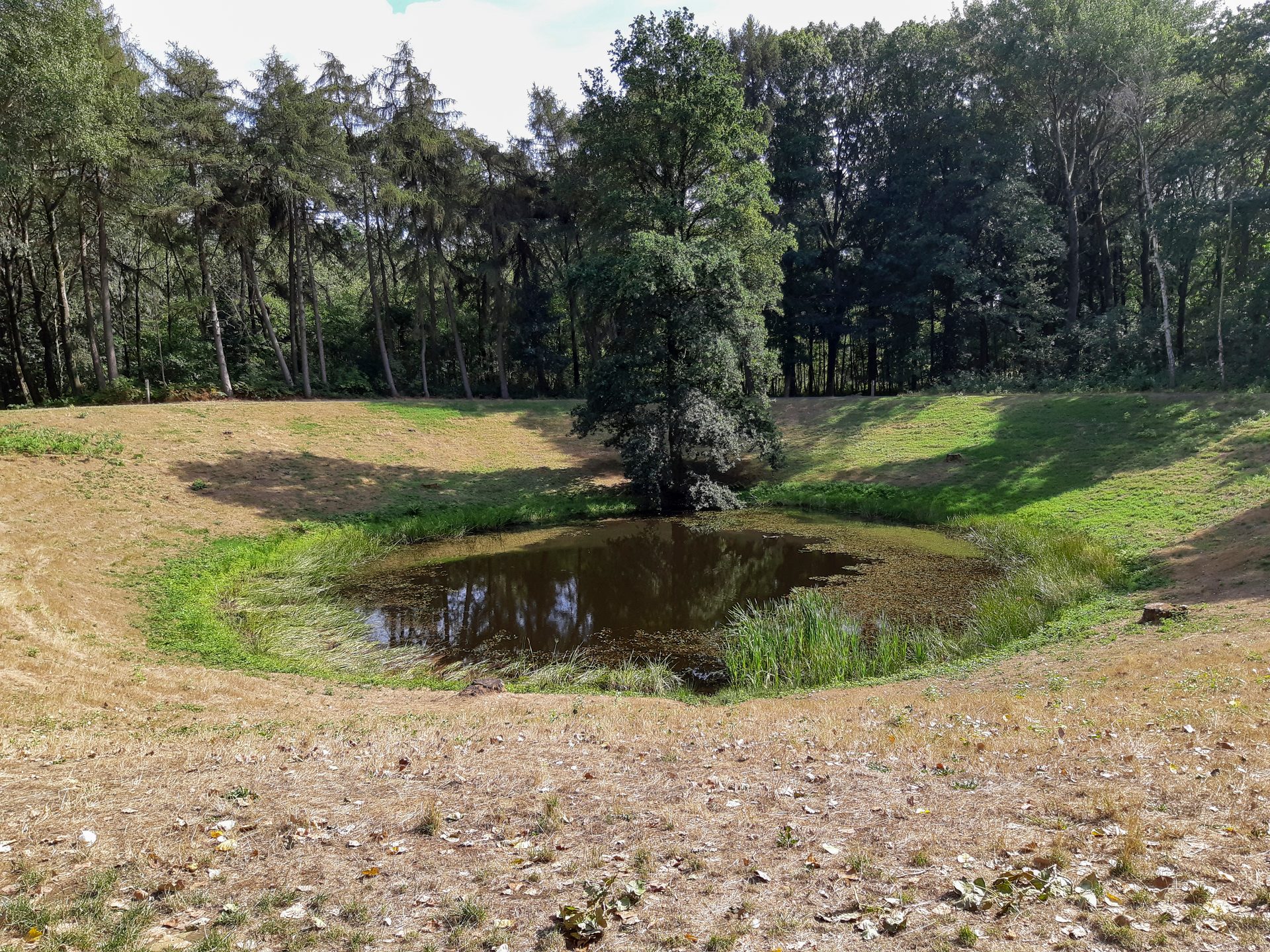
Hill 60 & Caterpillar Crater
The cratered landscape of these sites are testament to the fierce fighting that took place here. Underground mines were used frequently and the explosion from the Berlin Tunnel in June 1917 gave the hillside its current appearance.
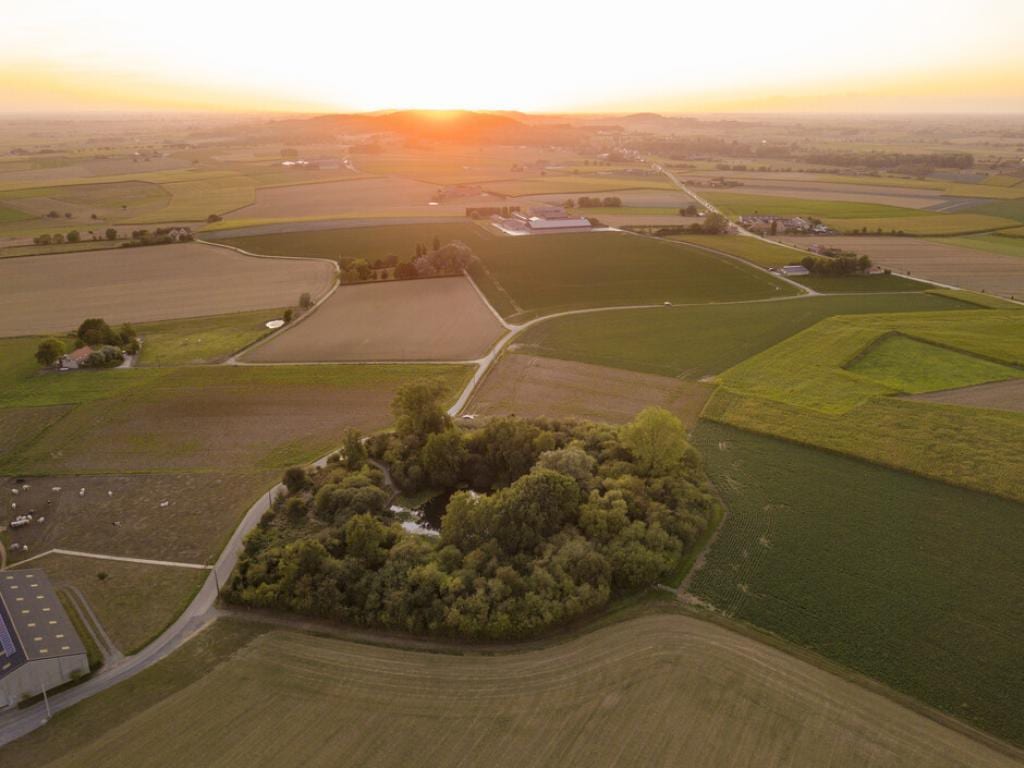
The Pool of Peace
The crater beneath the water here was caused by the largest explosion in Belgium during the war. Nature has successfully healed the scars of war and this pond now serves as an oasis of serenity.

Hill 62
This hill was the scene for brutal conflict in June 1916, but now features an impressive memorial dedicated to the Canadian forces who served in the Ypres Salient. The road leading to this monument is lined with maple trees in their honour.
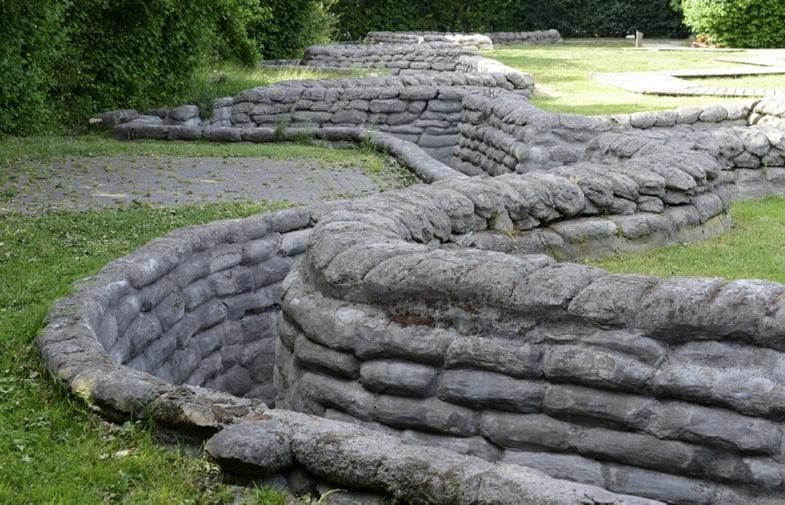
Yorkshire Trench
Excavated during the 1990s, these restored trenches are an authentic representation of how the soldiers of WWI navigated the daily conflict. It remains an educational tool for teaching new generations about life on the front line.
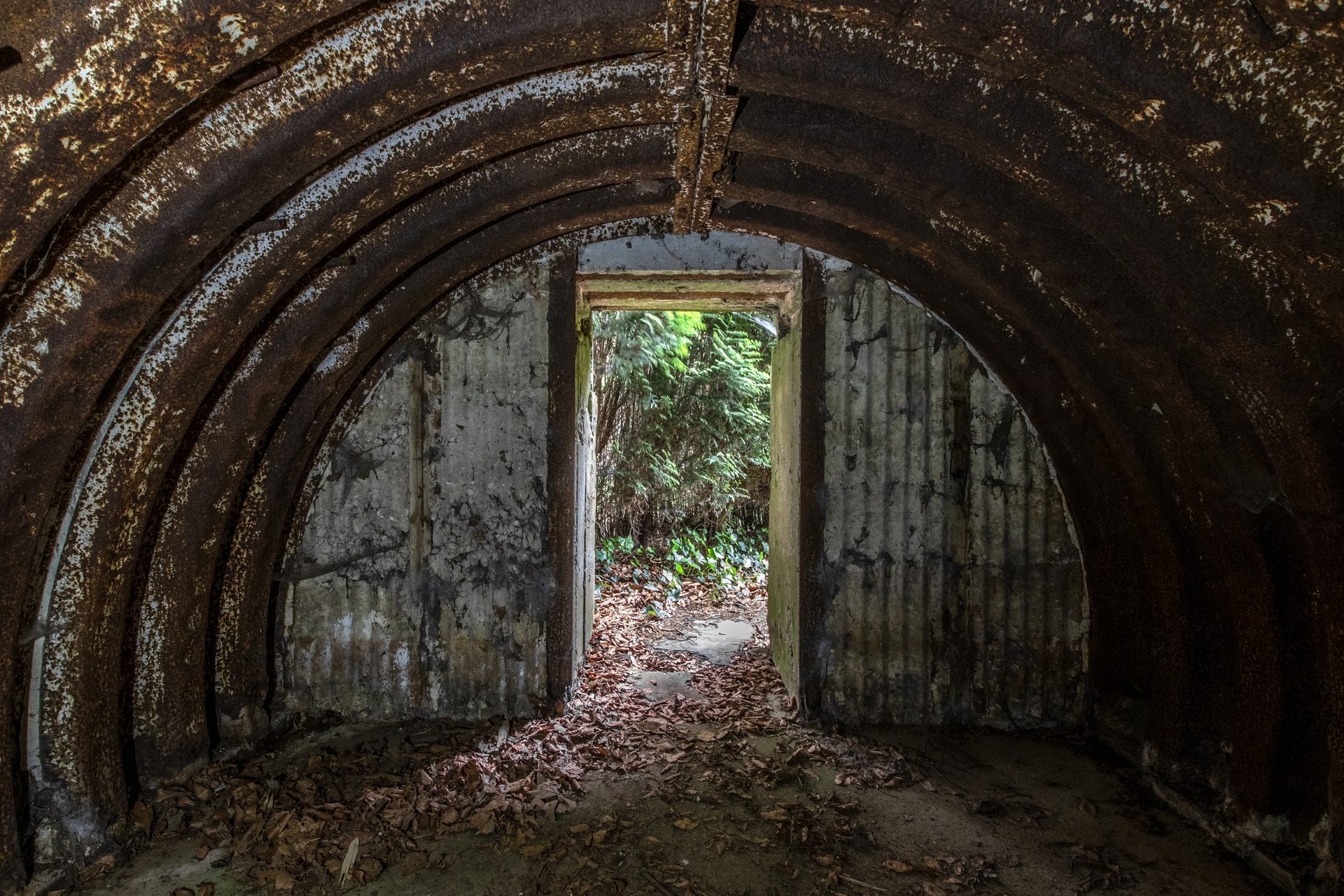
Polygon Wood
This woodland area was completely devastated during the war. Today it is home to a memorial dedicated to the men of the Australian and New Zealand divisions, as well as the remains of several shelters amongst the trees. © Nick Mol
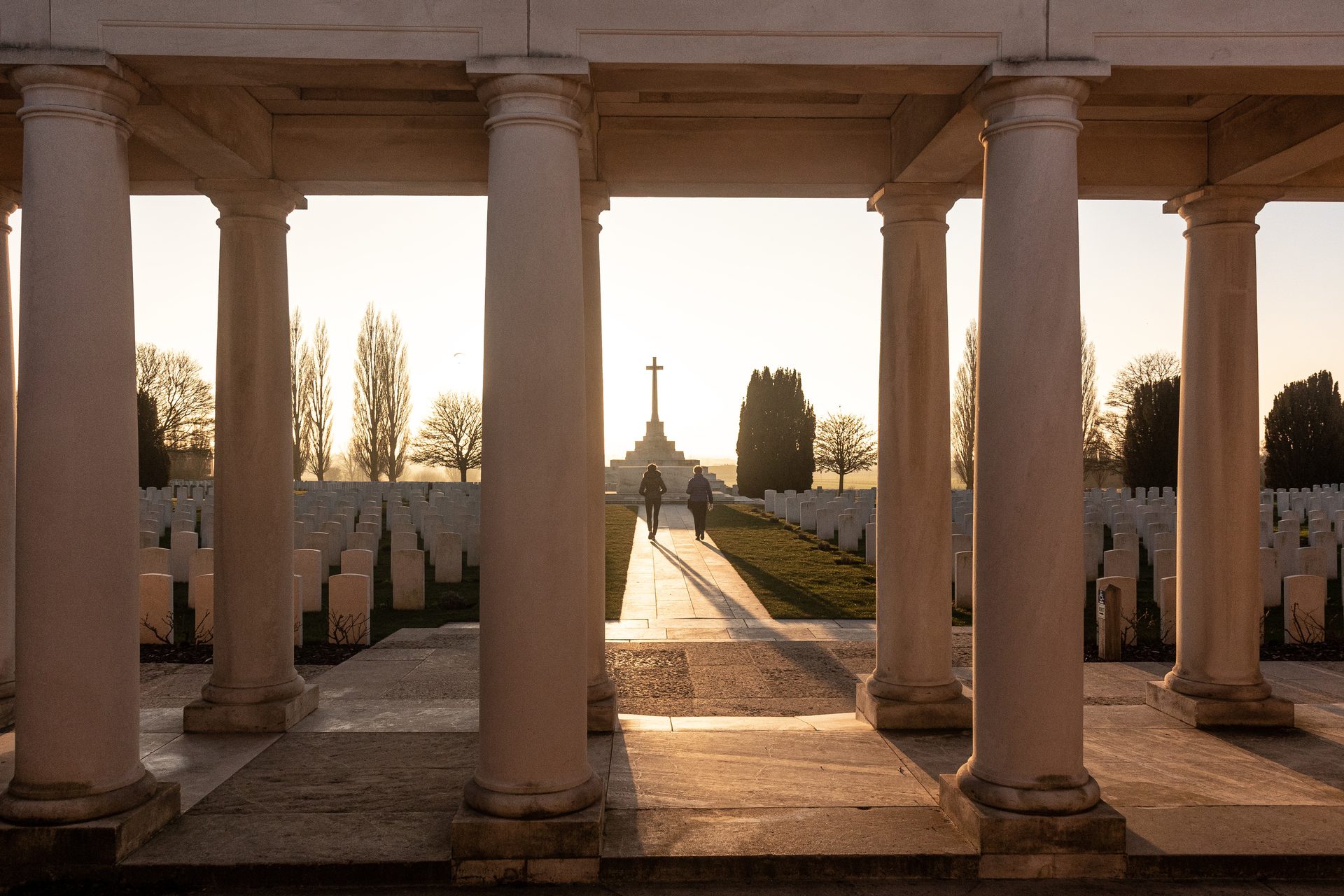
Essex Farm Cemetery
This cemetery is the resting place of 1,185 soldiers, including the youngest casualty of the war. Look for the nearby concrete bunkers where John McCrae wrote his famous poem, ‘In Flanders Fields’.
© Nick Mol

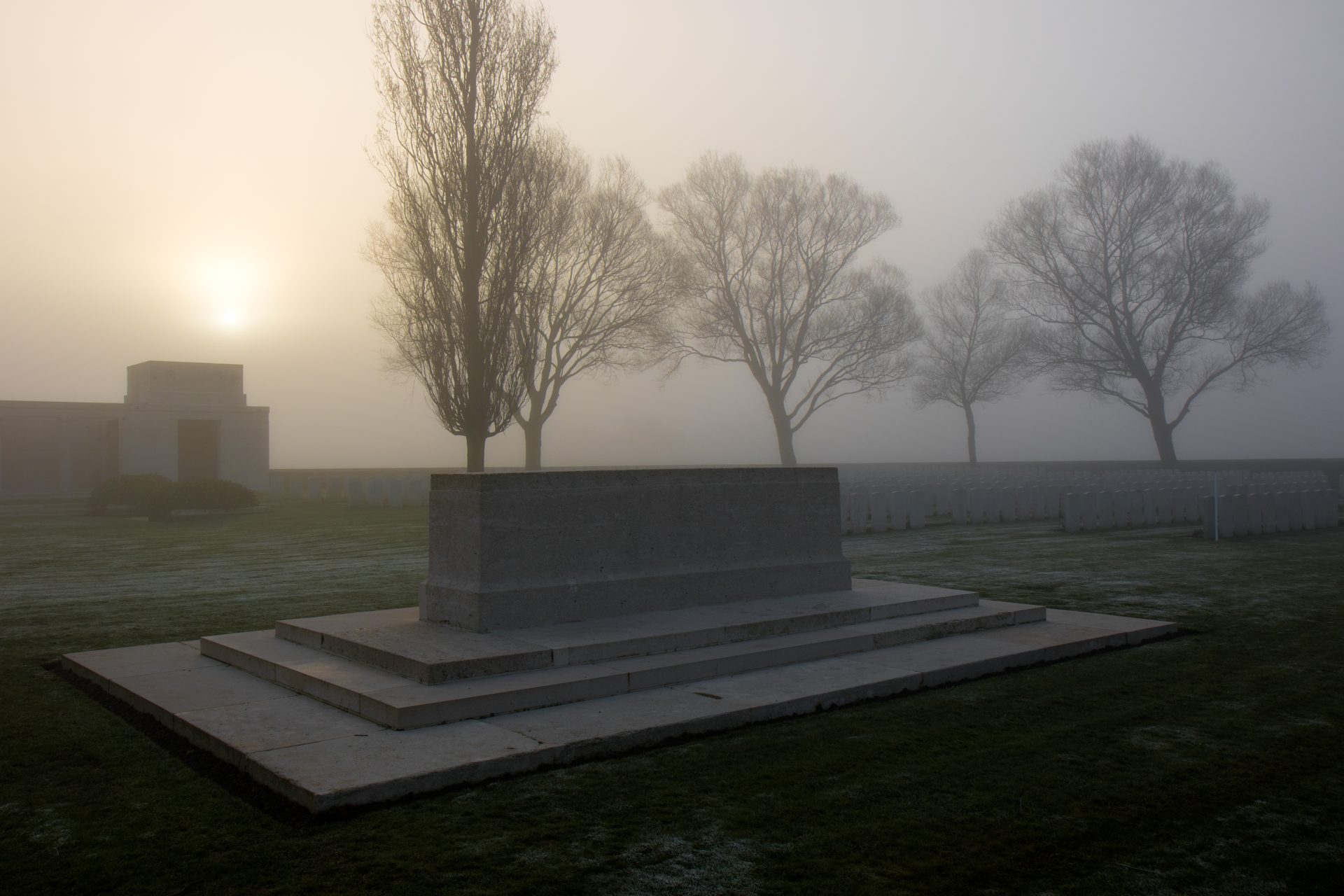
Immerse yourself in nature while discovering Flanders on foot
Walking around the cemeteries, monuments and fields is one of the best ways to experience Flanders and its intricate history. The Western Front Way is a new long-distance trail from the Flemish coast to the Swiss border. Head to the northernmost part of the trail, which passes directly through Flanders Fields.
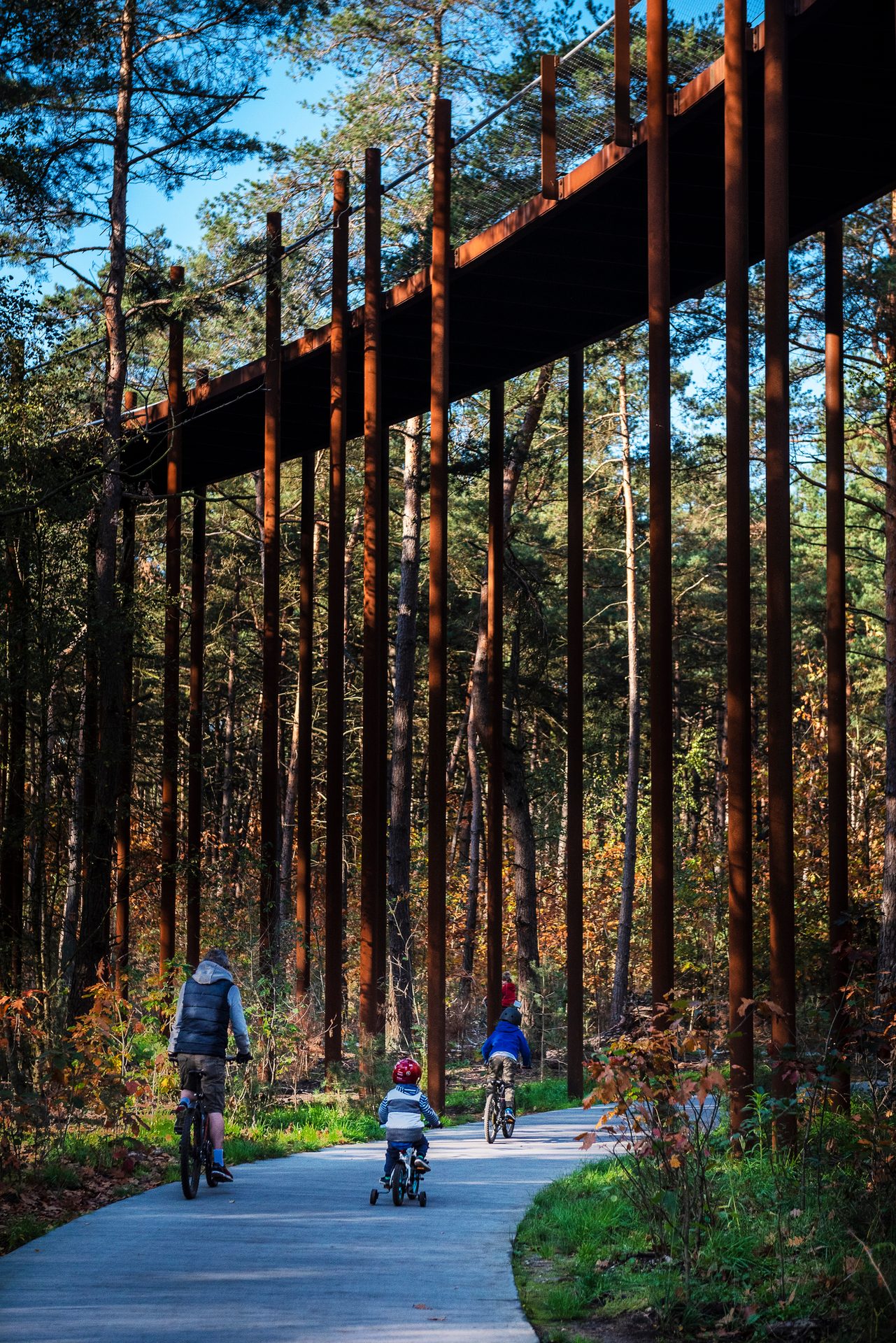
Cover more ground with ease on a leisurely bike ride
Cycling in Belgium is a truly enjoyable experience. The network of cycling pathways are safe, level and easy to navigate. It’s also a great way to explore the many landmarks of Flanders Fields in a day or two, all at your own pace.

© Nick Mol
© Jonathan Ramaell
© Tom Linster



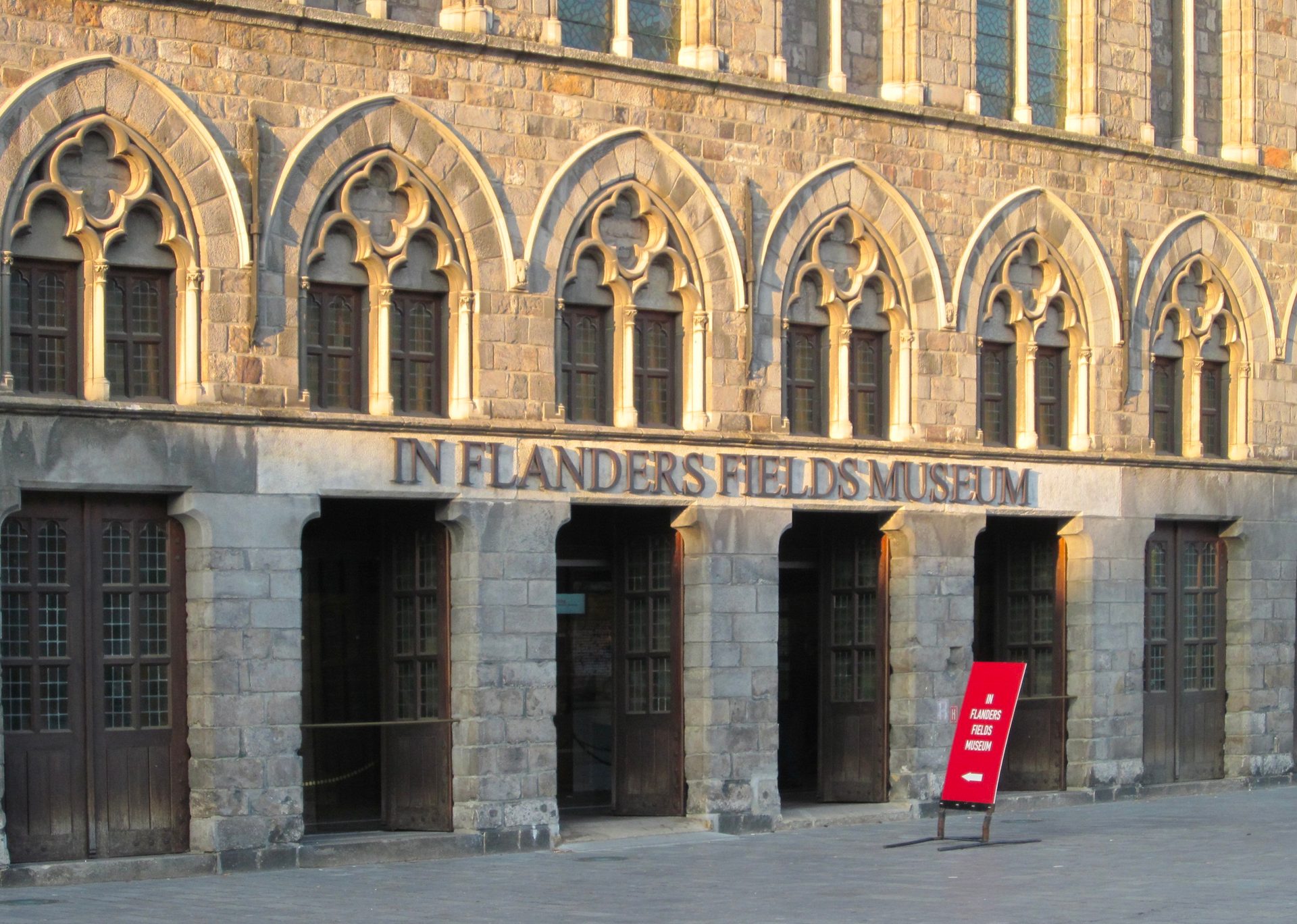
This world-famous museum turns its attention to the cemeteries of the first world war, which serve as a lasting reminder of the lives lost. Hear the stories of the dead buried there, as well as the stories of the cemeteries — their history, architecture and construction.
Visit the Hooge Crater Museum to see the latest addition to the Hooge chapel in Ypres. The Front Eye is a new platform overlooking the landscape, allowing you to view Hill 62, Hill 60, Hooge Crater Cemetery and the Kemmelberg from above.
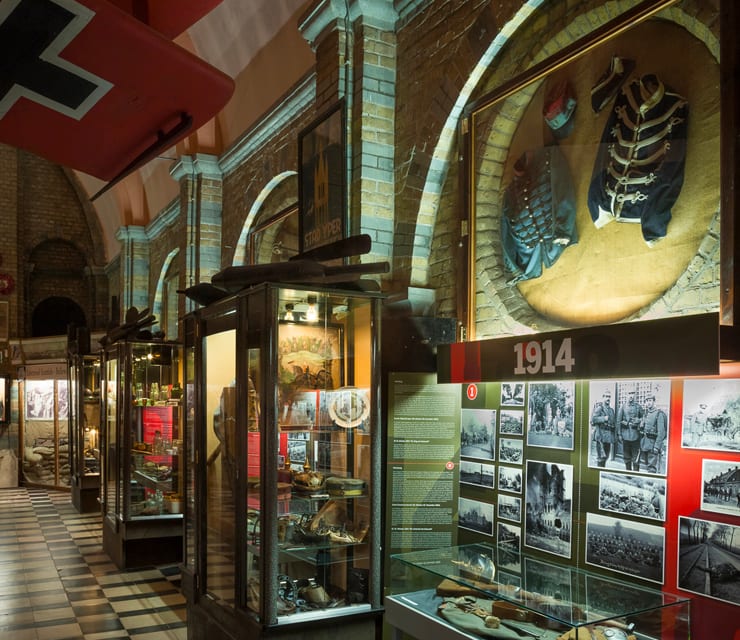
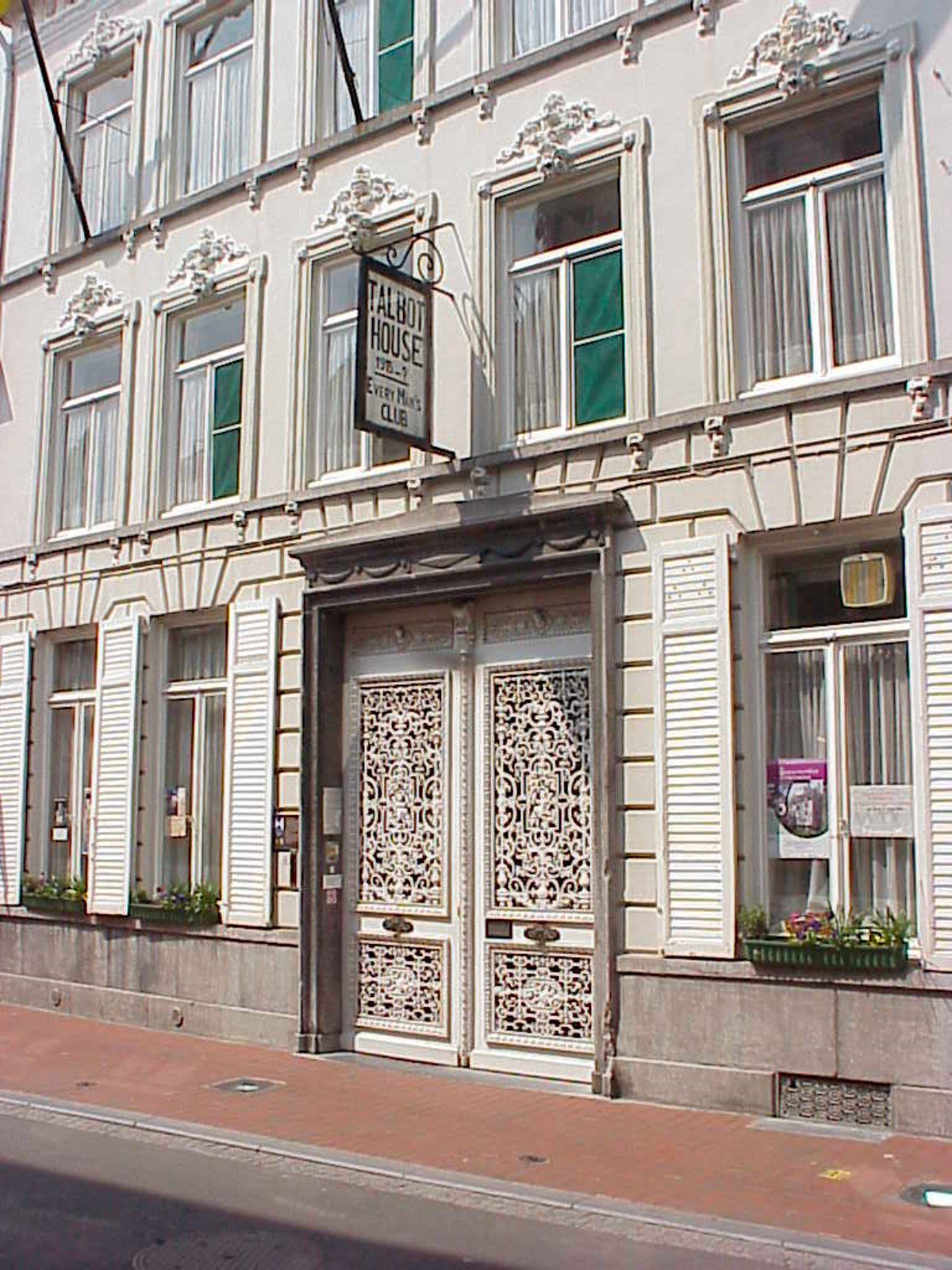
Army chaplains Neville Talbot and Philip ‘Tubby’ Clayton opened a club in Poperinge, providing rest and recreation for all soldiers, regardless of their rank. The museum’s new exhibition focuses on Tubby Clayton and his continued service to the survivors (and their families) after the war.

© Piet De Kersgieter
Feel Flanders Fields for yourself
From the man-made additions of cemeteries and monuments, to the physical changes on the land’s appearance — WWI completely transformed the landscape of the Flanders Fields region. See it for yourself alongside the unmissable exhibitions and events taking place during the Landscapes theme year.



